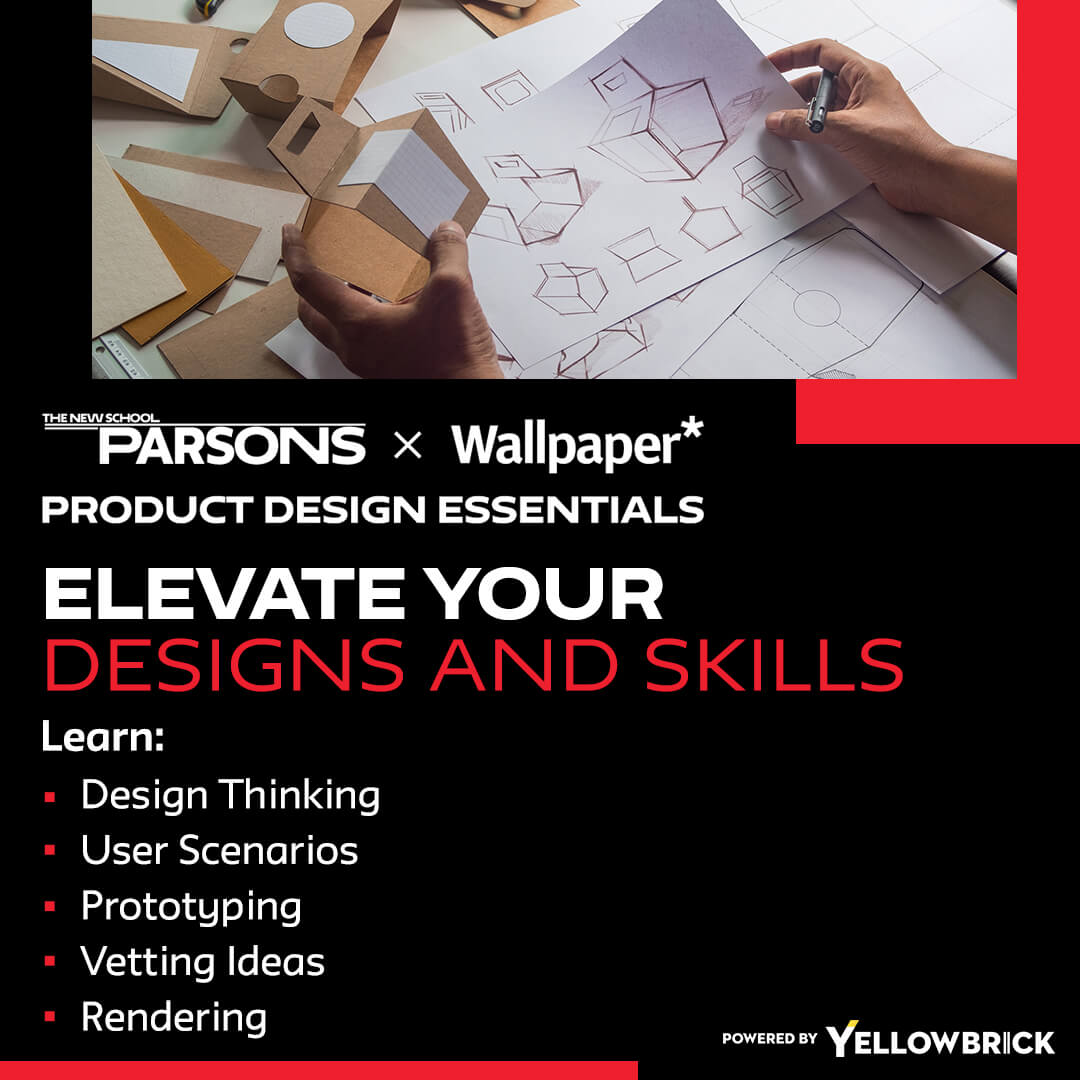Using Contrast in Designs

As a young designer, I remember working on traditional print media with the founder of our company, and it was the fashion to use small types and colors of similar value. It was just a design move, and it was something that we fell into with as a stylistic choice.
I remember the founder of our company going, “What does that say? I cannot read that.”
I had to step back and really think about understanding the audience’s visual acuity and the differences in people’s ability to see in contrast.
At that age, I didn’t need glasses, but now I have to wear glasses to read. I take my glasses off often when I’m looking at a screen just to see if I can see how easy it is to read or not. I think that that’s been a test for me because contrast is everything. It’s the component or ingredient that needs to be scaled and balanced with all of the other elements in UX design.
I think it’s a learning experience for a lot of young people in UI design because they have a tendency to kind of get into subtleties of things that don’t necessarily support the content and the message, and the purpose piece.
Now that I wear glasses, I can see most everything. Now I also think about how the brightness of a screen really has an impact on how we see. As one gets older, the contrast becomes more important. Consequently, user interface needs to think about that range.
You’re not just designing UX for 25-year-olds. You need to think about the 65-year-old in terms of their UI needs as well. Keep that in mind throughout your online UX design education experience.


